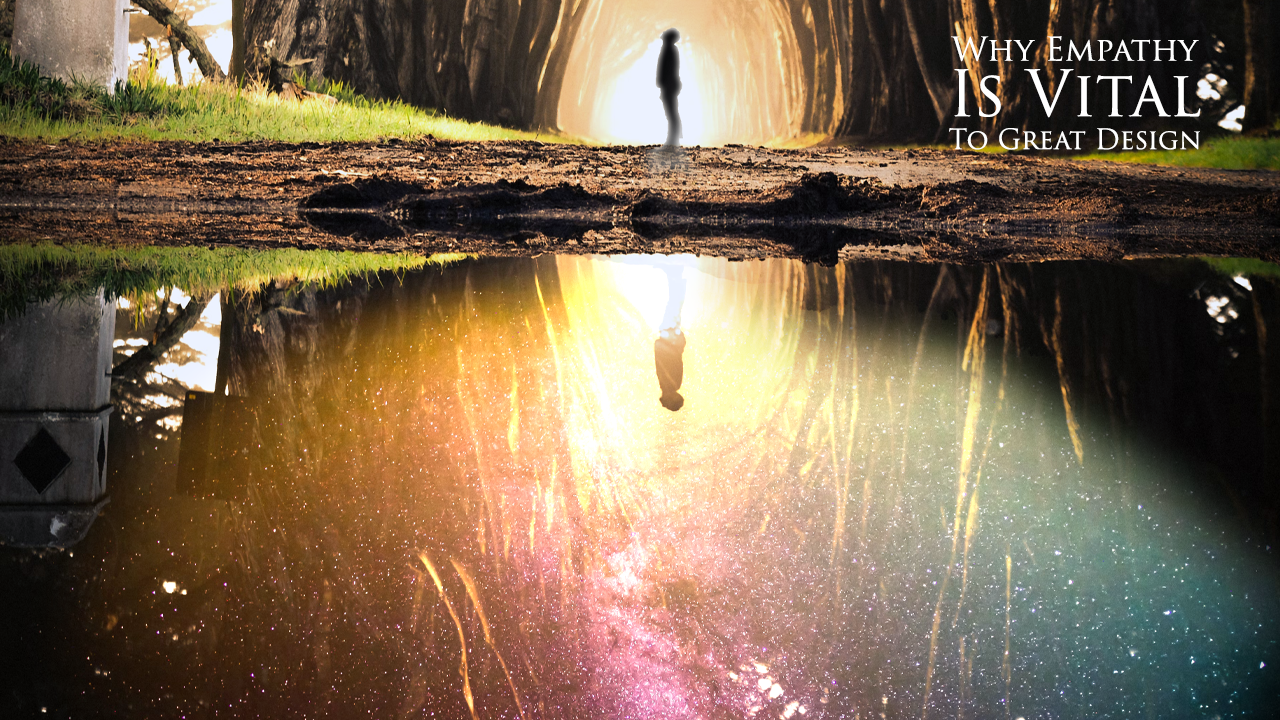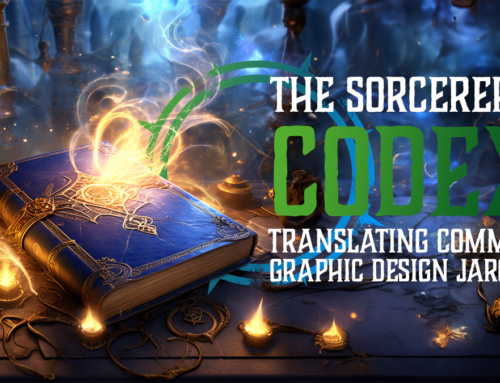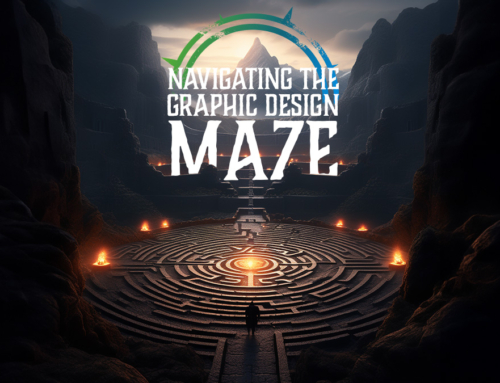On your adventure, you come across a village under siege from bandits. You have your own mission, but without aid, the villagers will surely lose their harvest – or worse. Do you turn and leave them to their plight, or step in and help?
Empathy is the skill that allows us to see the world through other’s eyes. It gives us the opportunity to understand how others feel. Empathy is also what drives altruistic and selfless behaviour. It is what helps us build and maintain relationships in our business and personal lives.
You’ll probably know the term ‘‘walk a mile in their shoes’. Empathetic people have the ability to understand the problems and challenges others need to overcome. It allows them to feel as others feel.
These skills are important to designers for a number of reasons.
How Empathy Helps Designers and Clients
When a designer is tasked with a project from a client, direction is important. Most designers will want a good brief so they can be certain they are creating what the client wants. This is especially important in brand and logo exercises, where the client may have trouble expressing what they want. Often, designer and client relationships are tricky at the start. A client may not have the terms to explain what they want exactly, so designs they don’t like may frustrate them. Additionally, the designer will interpret what they are hearing and create based on this. As neither is psychic, this communication barrier can make it hard for both to make progress.
This is neither party’s fault, but can be difficult to address, especially in the early stages of a relationship.
Empathy helps in this situation, as it gives the designer insight into the feelings of the client and their audience. Understanding these feelings allows the designer to narrow down their choices and head in a direction that is more likely to be met with success.
For example, if a client runs a fast-food business, the designer might use empathy to understand how their customers feel. If they are looking for fast-food, they are likely hungry and hurried. Therefore, the designer may choose to use red – a colour that denotes attention, speed and also addresses hunger. If the client mentions their customers are looking for a healthy alternative, the designer may want to think about green instead.
This simple example shows how empathy works in basic design. By understanding what the client needs, they can make more educated design decisions. Going deeper and understanding what the client’s customers are feeling helps narrow this even further.
How Great Designers Use Empathy
If the intention of great design is to resonate with people, empathy is one of the designer’s most powerful tools. The best design evokes emotional responses from the audience and the goal of any designer is to get the desired reaction.
Colour and shape psychology play a secondary role here. Understanding that blue is calming and circles show community is great, but if you show these to the wrong audience, then the desired effects aren’t achieved.
Invoking empathy helps create intent. By understanding the audience’s needs and feelings, the designer can match those to visual stimulus. Got an audience that is eco-conscious? Use lush greens to provide feelings of growth and nature. An audience that desires strength responds best to upward pointing triangles.
Empathy can also help designers when approaching tricky subjects. There have been some truly terrible examples of brands jumping on bandwagons and creating tone deaf advertising. Zoopla’s unfortunate use of #metoo during the campaign caused a flurry of complaints that the company was dismissive of the movement’s cause.
Playstation’s advert for the white PSP is another example where empathy could have saved the company from some bad PR. Great designers can use empathy to understand how demographics feel about a subject, and avoid potential scandals.
In the design world, empathy is important to ensure understanding and intention.
Why You Should Choose an Empathetic Designer
Designers have many technical skills gained from years of learning and practice and often these are good enough for most simple jobs. But when something requires more nuance or thought, it’s an idea to hire an empathetic designer.
A designer that can get into the shoes of your audience and understand them can help you connect. Their empathy is just what you need to win the hearts and minds of your audience.
Do you need to more empathy in your design work? Book in for discussion here to discover how I can help you understand your customers.
Do you want to be updated on my latest news? Click here to subscribe to my newsletter and get more blogs right to your inbox, or follow me on Medium.






